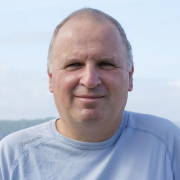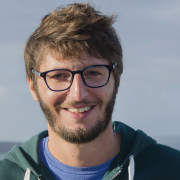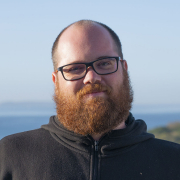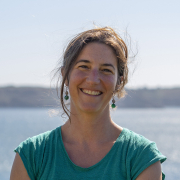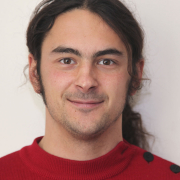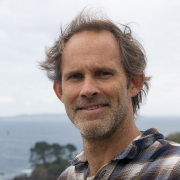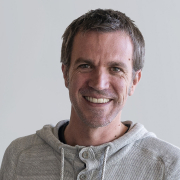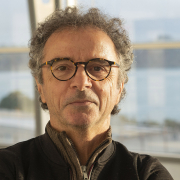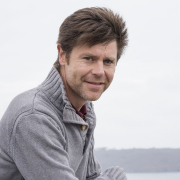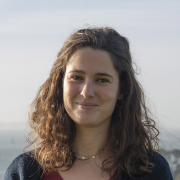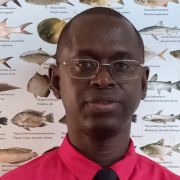Copyright : Laboratoire LEMAR- 2018
Frédéric JEAN
International
Divers
Start Date
End Date
This collaborative research action brings together LEMAR teams and partners in Peru, Mexico, and Senegal on the topic of interactions between East-border upwelling systems and coastal embayment. Specifically, this involves quantifying these interactions by, 1) conducting environmental monitoring to evaluate the consequences of water intrusion from the adjacent upwelling on coastal embayment ecosystems, and 2) assessing the impacts on fish and aquaculture resources (e.g. trophic dynamic, growth performance, physiological responses, reproduction, recruitment). These works combine in-situ observation, experimentation in ecophysiology and modelling. UPWELLING also includes a training part through master and doctoral co-supervision with the University of Western Brittany (of both southern and northern students) and organizing high level training in partner laboratories.
Ongoing projects
- Cooperation project ECOS-ANNUIES « PROPHYMUS » (2016-2019) between LEMAR and CIBNOR in Mexico
- Master program ERASMUS+ MIC between UBO and CIBNOR (19 student and lecturer mobilities ) (2017-2019)
- LMI DISCOH2 in cooperation between IRD (LEMAR, LOCEAN…) and IMARPE (Pérou)
- Cooperation project PICS « BISCOT » (2018-2020) between LEMAR and Peru (IARPE, UNLAM, UPCH)
- LMI ECLAIRS-2 in cooperation between IRD (LOPS, LOCEAN…) and many partners in Senegal (UCAD, UASZ, UGB, CRODT, ISRA…)
- ANR SOLAB in Senegal, on the dynamics of the upwelling system and fisheries resources
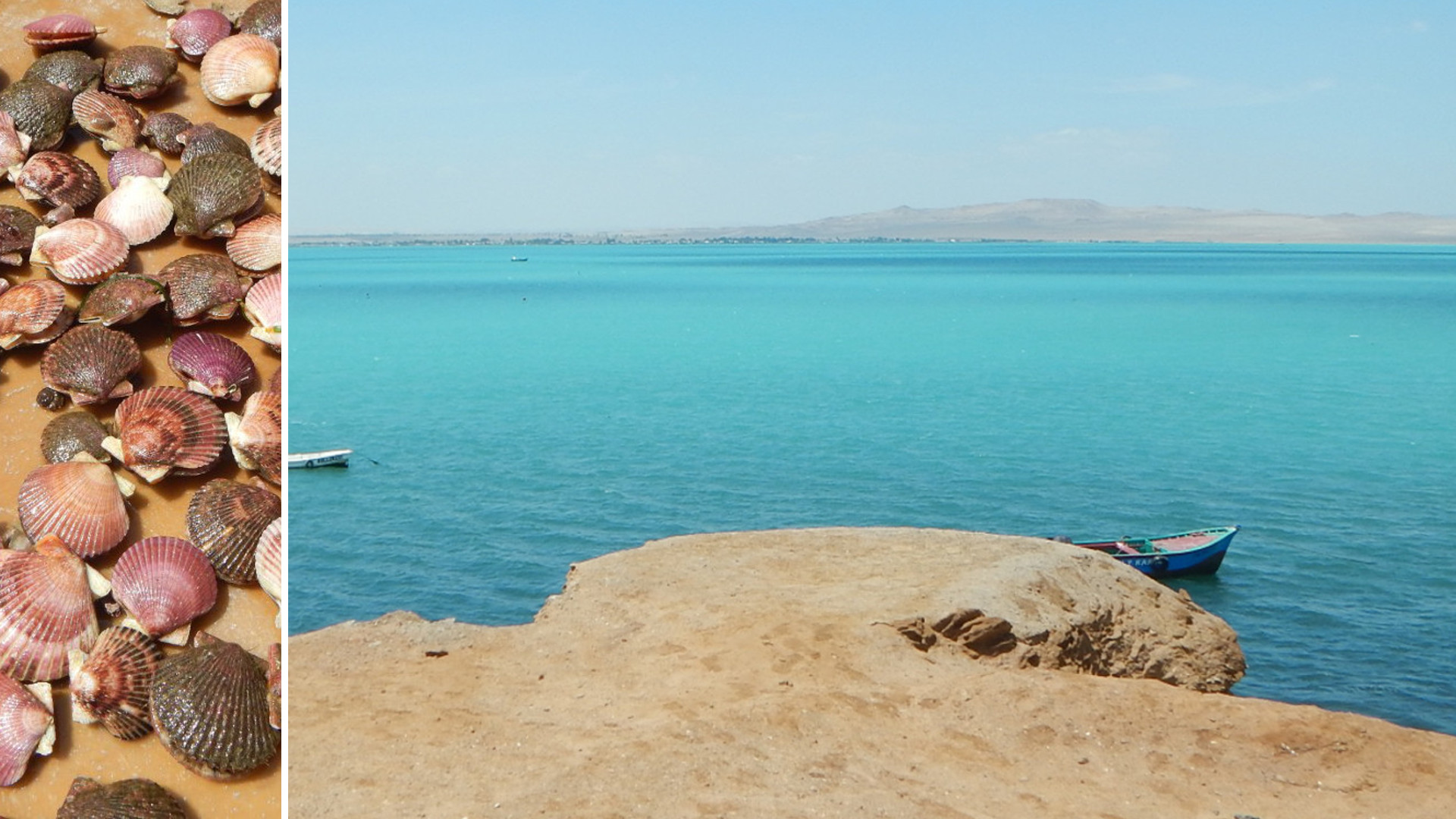
Left: Argopecten purpuratus. Right: The bay of Paracas in Peru. Don’t be fooled by appearances: on this day the water temperature is close to 15°C, oxygen saturation close to 0% and this beautiful turquoise colour is due to the presence of hydrogen sulphide, toxic, precipitating in elemental sulphur form.
Laboratory Members
Contributors
Pérou :
- IMARPE (Instituto del Mar del Perú)
- Arturo Aguirre-Velarde (chercheur, directeur du Laboratoire d’écophysiologie aquatique de l’IMARPE)
Mexique :
- CIBNOR (Centro de Investigaciones Biológicas del Noroeste)
- Rosa SALGADO GARCIA – Doctorante (codirection Mexique-LEMAR)
Sénégal :
- UCAD-IUPA (Institut Universitaire de Pêche et d’Aquaculture – Université Cheikh Anta Diop de Dakar)
- LPAO-SF (Laboratoire Physique de l’Atmosphère et de l’Océan Siméon Fongang)
- CRODT (Centre de recherche Océanographique de Dakar-Thiaroye)

